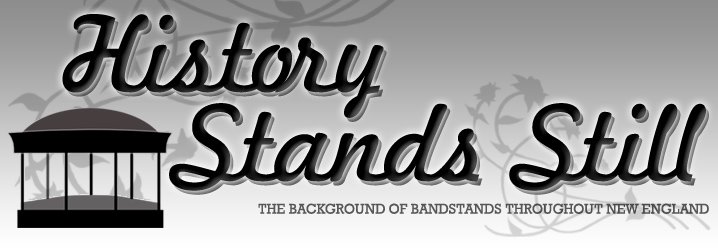BEVERLY MA
Beverly Common
Built - 1998


Beverly had originally been part of Salem but in 1668 became an independent town which offered its new settlers a combination of farmland and a wonderful port for seafaring vessels to enter. The "Old Planters," including Roger Conant and John Balch, established their homes in Beverly and the 1636 Balch House is still standing and is the oldest frame house in the United States. Also the witchcraft delusion of 1692 began and ended in Beverly and the Hale House still stands where the first owner, the Reverend John Hale, was an active member of the witchcraft trials.
During the American Revolution, General George Washington established a naval and army post in Beverly and of which would be the only Massachusetts Bay town outside of the Boston area which would have one housed within its town limits. Private merchant ships were converted into armed vessels at the naval post since Beverly Harbor was located in a prime area. Today, Beverly Harbor is a favorite spot for pleasure boats of all sizes and continues its importance to the area.
Beverly also became an important part of America's industrialization when a well-known and successful family, the Cabots, built the first cottom mill. Along with industry entering into the town, in the 1890s Beverly was named the "Garden City" of the North Shore since many wealthy Boston families built large and beautiful summe estates inland and along the shoreline.
Beverly was also the summer home to the White House for President William Howard Taft and his family in the area now known as Lynch Park which has a beautiful Italian classical garden and is a favorite wedding location in the summer months. The David S. Lynch Memorial Shell is also located in the park. The city is still known as the "Garden City." with garden tours, public gardens area and many other beautifully landscaped areas in the city.
In keeping with its image, the Beverly Rotary Club raised money to build a bandstand in conjunction with the city's plans to improve the Beverly Common which had been neglected for a long time. In 1997 the construction began with an expected total cost of $100,000 with the Rotary Club coming up with the first $25,000 and Simsbury Associates, who was the developer of the neaarby former Briscoe School Building, financing the rest.
Since the completion of the bandstand in 1998, a scrolled archway, brick walkway, park benches, historic-looking black lampposts and flower gardens have been added which has turned the Beverly Common as a must-see by all interested in visiting the Garden City of Beverly.
The Beverly Common has thus once again been extensively used for concerts and is a favorite spot for wedding ceremonies and pictures and other community affairs.

No comments:
Post a Comment